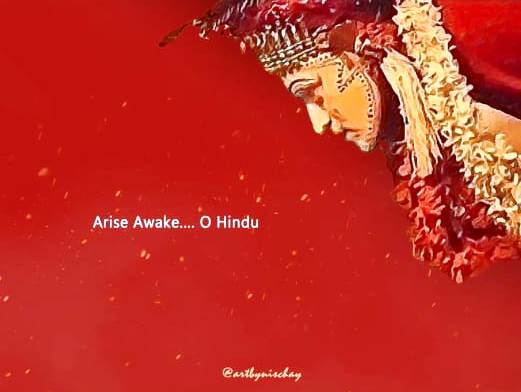
1. The Kerala Story
What is being told in the Kerala Story is a fact as clear as day not just in Kerala but in the rest of India too. It takes a monumental act of falsifying truth to deny it. But that is what happened in last century.
What is being told in the Kerala Story is a fact as clear as day not just in Kerala but in the rest of India too. It takes a monumental act of falsifying truth to deny it. But that is what happened in last century.

2. Women are not complete human beings in the Religion of Peace. They are ‘Awrat’ – reduced to their sexual parts which becomes a synonym in a society obsessed with the fair sex. When it comes to numbers, they are just wombs to produce children.
#TheKeralaStory
#TheKeralaStory
3. When it comes to women of other religion it is many benefits rolled into one if Hindu women convert to RoP and then produce children for RoP. And nothing is better than them being the ISIS or any other branch of RoP terrorist organization.
4. They are many benefits rolled into one: one Hindu less, one Hindu womb less, adds many children to RoP, by aiding ISIS or such organization they actively help in reducing the numbers of non-Muslims and terrorizing and converting them to one true religion.
5. Only a society completely drunk on the Kool Aid of Sarva-dharma-samabhava, and completely devoid of #Shatrubodha will not fail to see what is happening in Kerala: that they are making a conquest of our women, and we are rationalizing it.
6. May this movie wake us up from the deep civilizational slumber that we have been put in; which has blunted our viveka, our discrimination, which has dulled our Shatrubodha to a point that not are we blind to what they do, we aid and abet it.
7. May this situation change soon. I see a great trend of movies depicting truth about Hindu dharma on one hand and the RoP on the other in Bharatavarsha. May this become a tsunami which will wash away all untruth.
Jai Maa!
===
Jai Maa!
===
• • •
Missing some Tweet in this thread? You can try to
force a refresh













